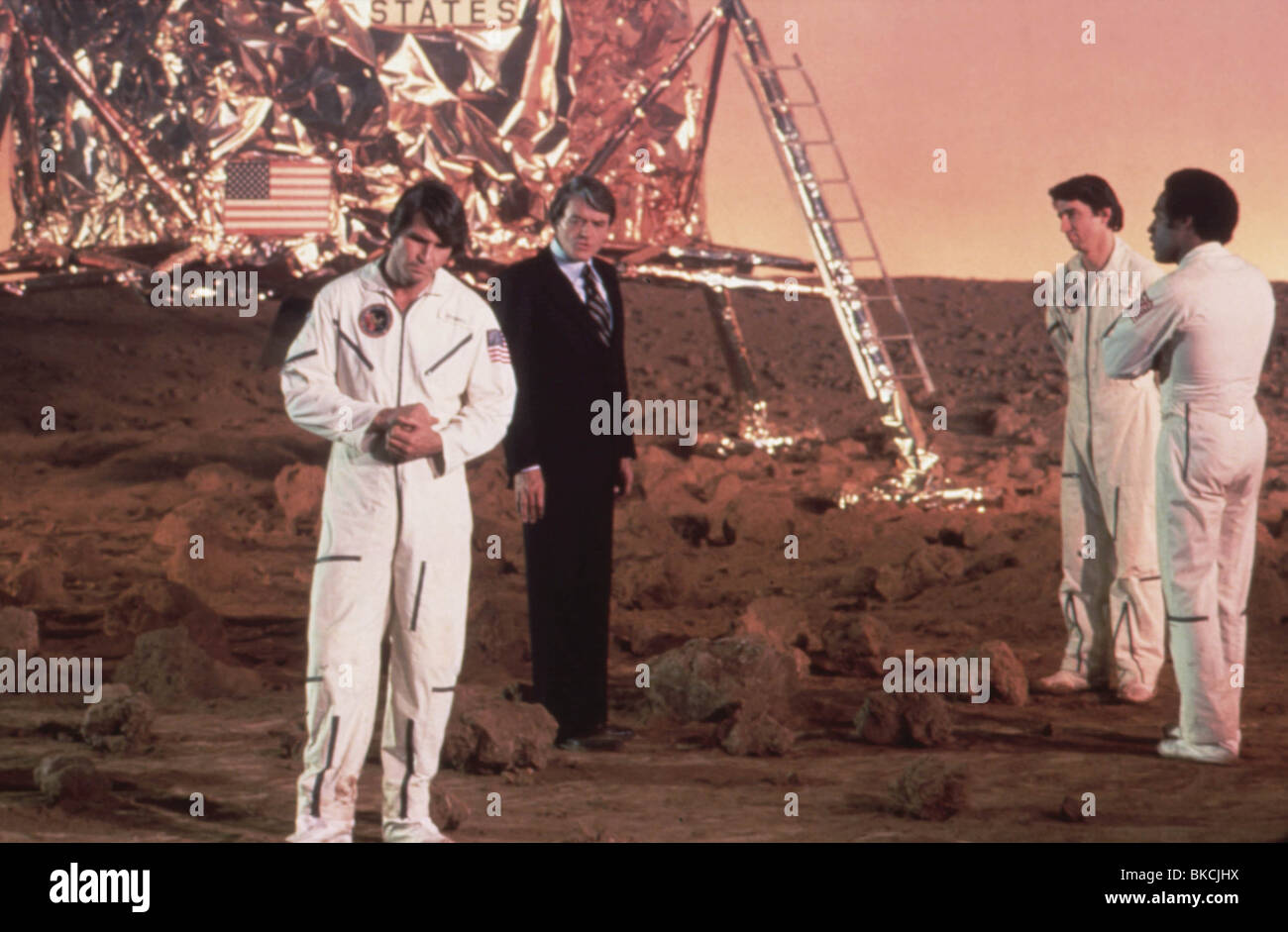

#Capricorn one oj simpson knife trial#
And during the trial and through this proceeding, I got this answer, and it was both.” Simpson, I didn’t know if he was arrogant or ignorant or both. News helicopters hovered overhead, documenting the chase, and Angelinos gathered on the roadways, and in front of their televisions, to watch in real time.Īs Judge Jackie Glass prepared to sentence him, she said to Simpson, “Earlier in this case, at a bail hearing, I asked, I said, to Mr. On June 17, 1994, prosecutors ordered Simpson to surrender, but instead he fled in a white Ford Bronco with his friend Al Cowlings, leading police on a slow-speed chase that brought Southern California freeways to a standstill and drew in a network television audience of 95 million Americans. When he returned to Los Angeles the next day, he was interviewed by police, but not immediately arrested. Simpson was in Los Angeles the evening of June 12 but took a late flight that night to Chicago. Ron Goldman, a waiter at that restaurant, went to Brown Simpson's home that night to return glasses her mother had left behind.Īround midnight, Brown Simpson and Goldman were found stabbed to death at Brown Simpson's home. So animal lovers as well as 70s thriller lovers, have no fear.On the night of June 12, 1994, Brown Simpson and her family had dinner at a Los Angeles restaurant.

While the snake is real (hats off to James Brolin for having the guts do the scene), the snake's stunt double was a dead carcass they had found. A final note that's worth mentioning: there's a scene where a snake meets with an unfortunate fate. It takes a bold filmmaker to put such comedy in a serious film, and Hyams & his acting troupe succeeded brilliantly. Big laughs without disrupting the tension of the story. Another hilarious rapid-fire comedic scene is Elliot Gould arguing with his boss, played by David Doyle ("Bosley" on the original Charlie's Angels). Telly Savalas makes an appearance as a grumpy old airplane pilot, and his rapid fire volley of dialogue with Elliot Gould is like something straight out of a Cary Grant-Catherine Hepburn comedy. There are some priceless scenes that had me rolling, and it's all due to the great script and lines delivered by great actors. The 2nd thing that won me over was something many thrillers overlook: HUMOR. Hyams frequently does a neat little trick where he establishes a shot and leaves the camera where it is but slowly, over the course of 2 minutes or more, moves the camera in or out of the action, creating a thick suspense. Many other shots are as powerful, whether they're outdoors or indoors. First is the careful, artistic approach to cinematography which is evident in the opening scene: a slow rusty sunrise behind the colossal silhouette of the Capricorn spacecraft. You have to ride it out to the very last scene. The director never telegraphs the ending, so you're never quite sure if things will turn out good or if it'll be a miserable tragedy. "Capricorn One" won't necessarily scare the pants off you like some of the other films, but the story will definitely keep you on the edge of your seat wondering what's going to happen. But this is not a sci-fi flick, it's closer to a political thriller. It's best if you know nothing about the story, so I won't say anything about the plot except that it centers around a mission to Mars. But if you're looking for a film that slowly reels you in without any gimmicks, carefully building momentum for the 1st hour leading to an explosive, roller-coaster finale, then look no further. If you get bored easily, then this isn't for you. No, the 70s classics, in particular "Capricorn One" and other films by Peter Hyams, instead give you long, deliberate shots from a distance, allowing you to absorb every bizarre detail that was meticulously laid out for you.

This quiet yet bone-chilling style is the opposite of MTV-type filmmaking which made heavy use of flashy, closeup, disorienting camera shots cut together so quickly that you feel like someone slipped some magic pixie dust in your Kool-Aid. Stylistic examples include wide angle shots and slow, mechanical camera movements that give the viewer a disturbing feeling of voyeurism or disconnection from humanity (à la "Open the pod bay doors, Hal." "I'm sorry, Dave, I'm afraid can't do that."). Perhaps taking their cues from Stanley Kubrick (2001: A Space Odyssey, Clockwork Orange, etc), all of these classics are presented with an artistic, slightly off-kilter, brightly creepy vibe that encapsulated the end of 60s flower-power optimism and the beginning of 70s cold cynicism. "Capricorn One" is one of the last great 70s thrillers, alongside "The China Syndrome", "The Andromeda Strain", "Coma", heck maybe even "The Exorcist".


 0 kommentar(er)
0 kommentar(er)
